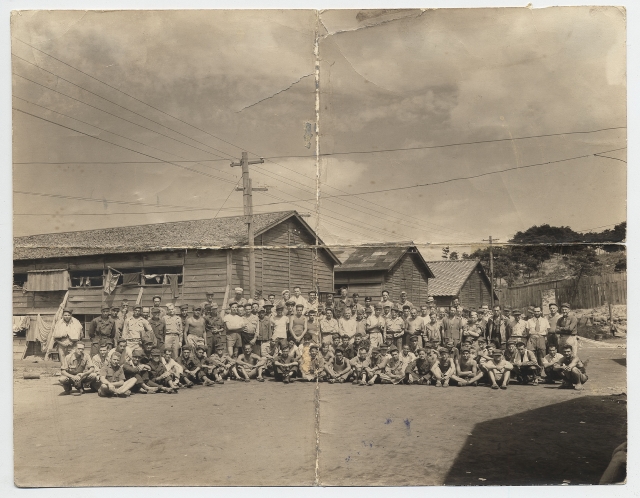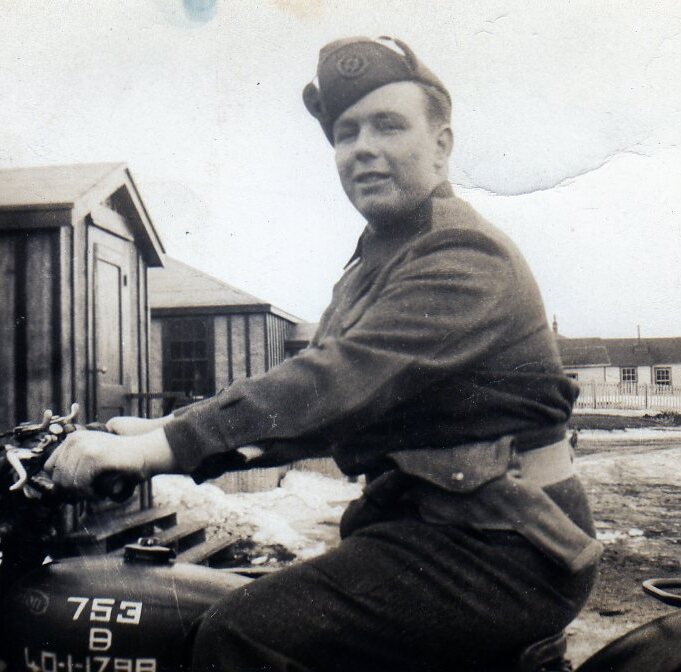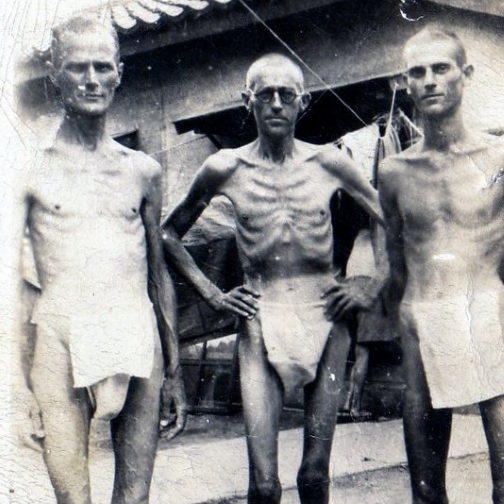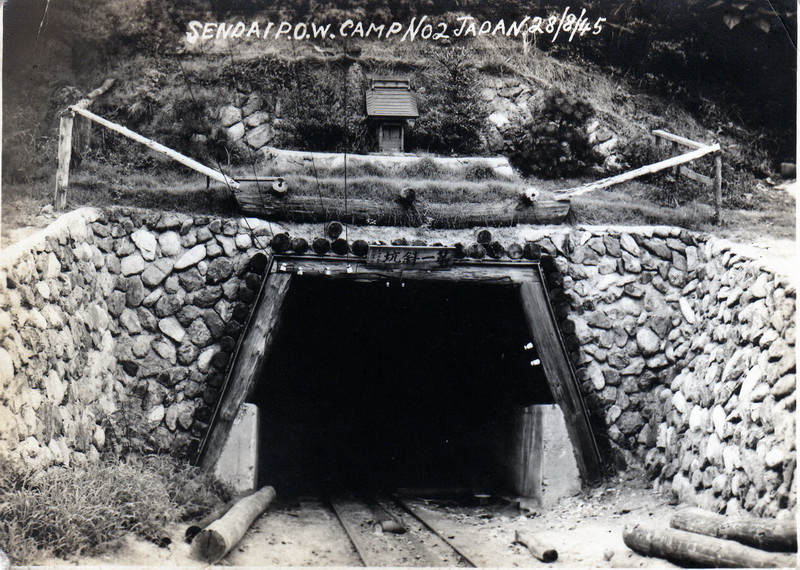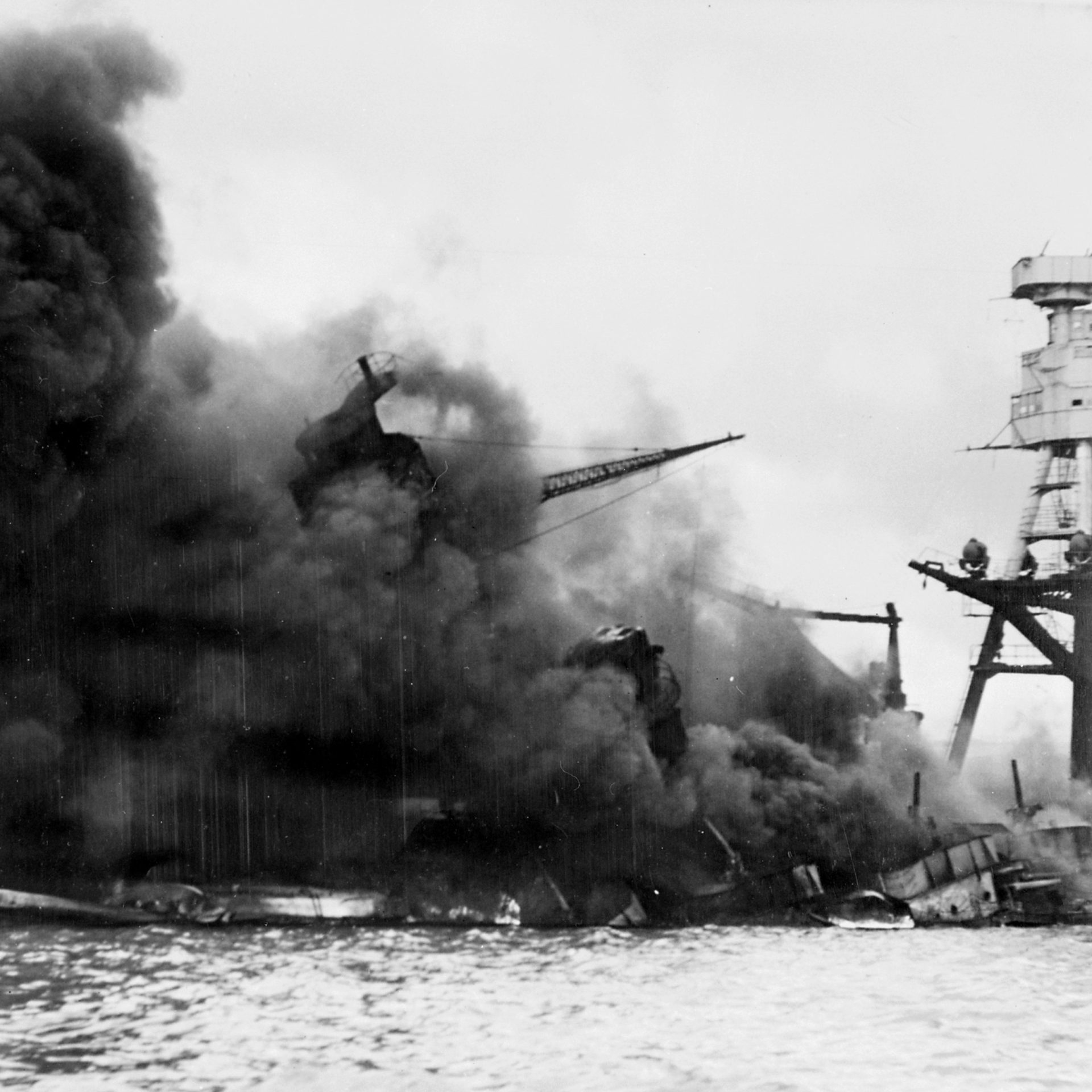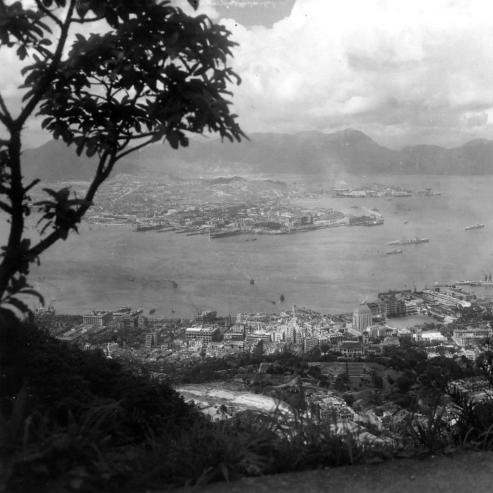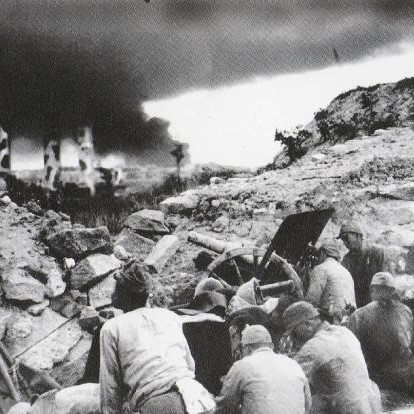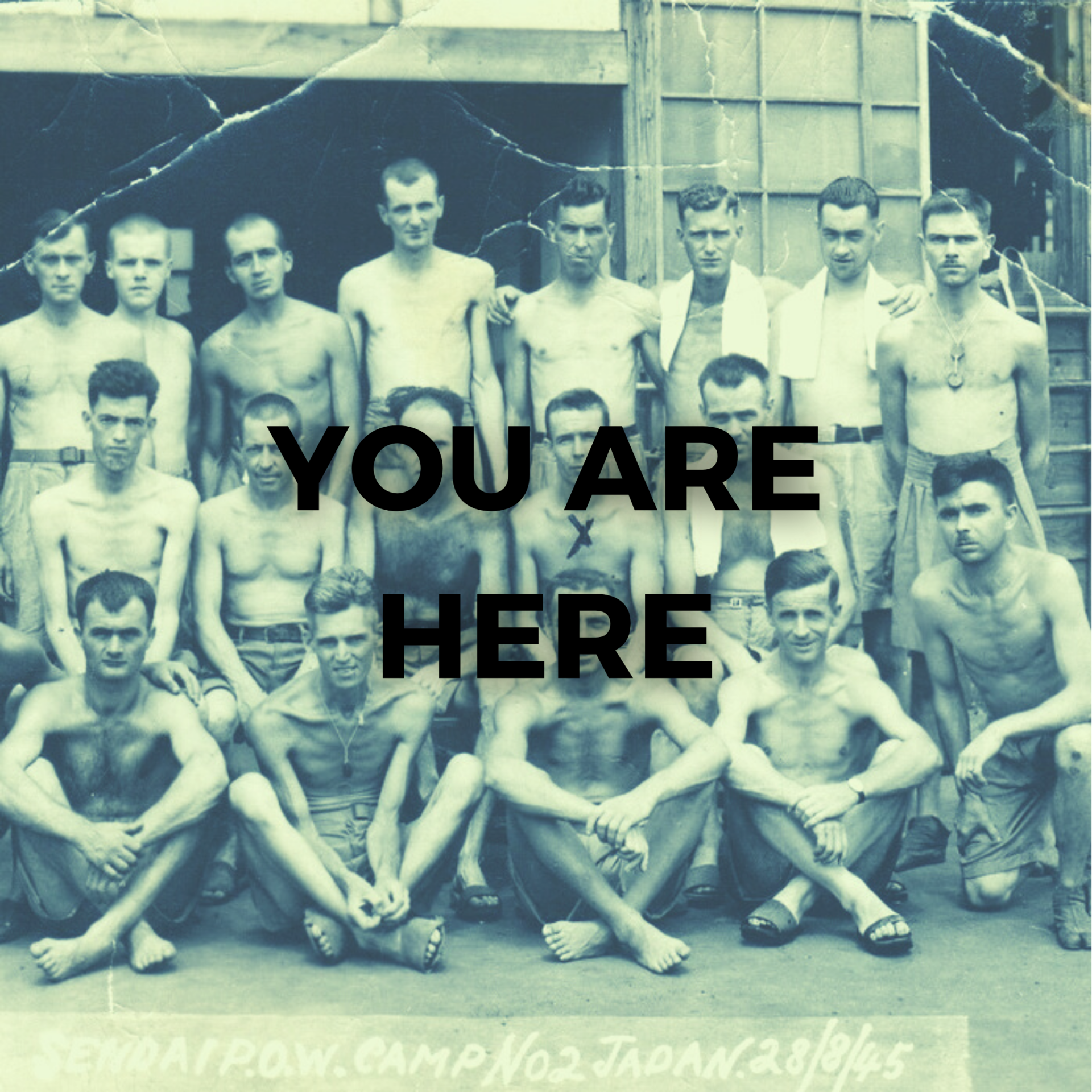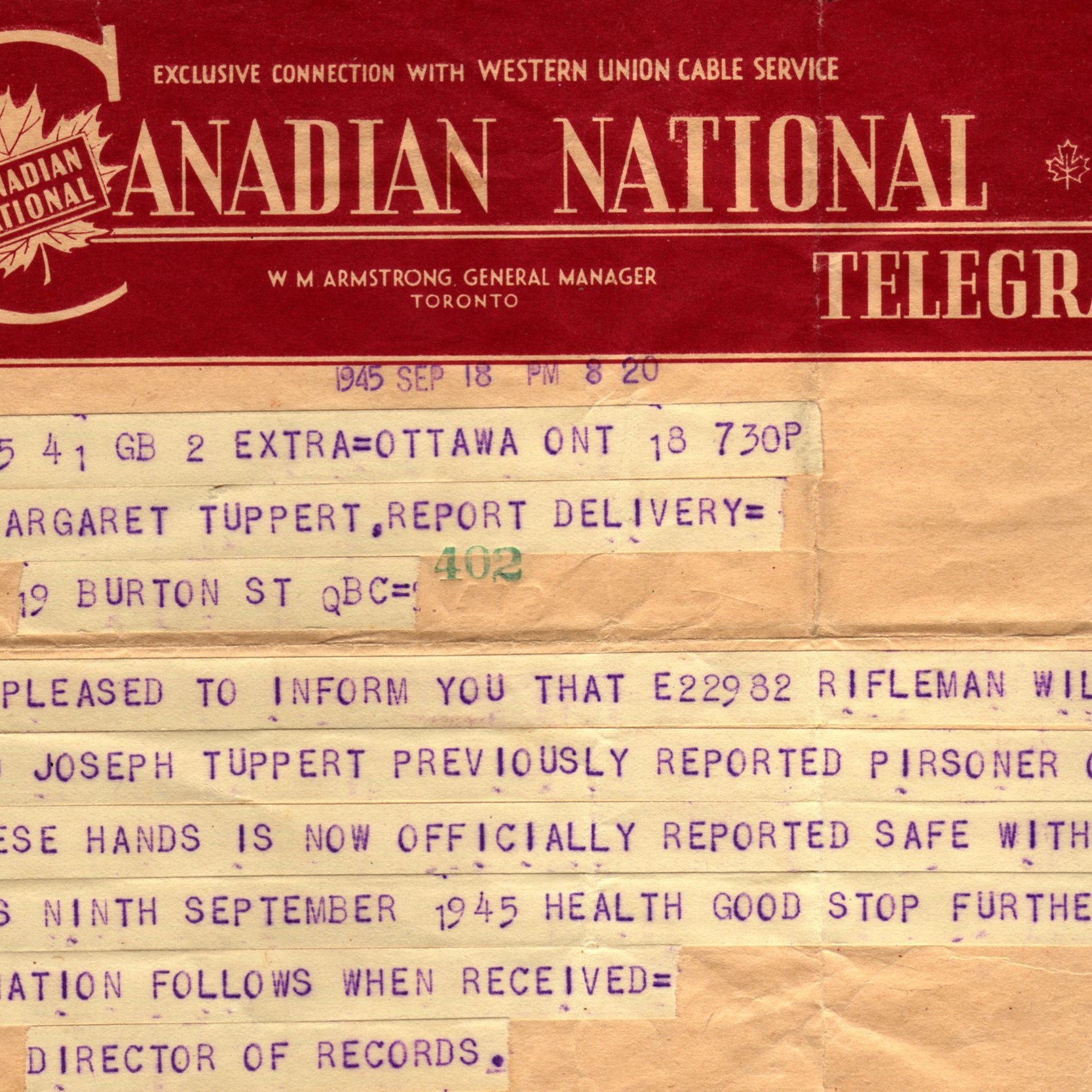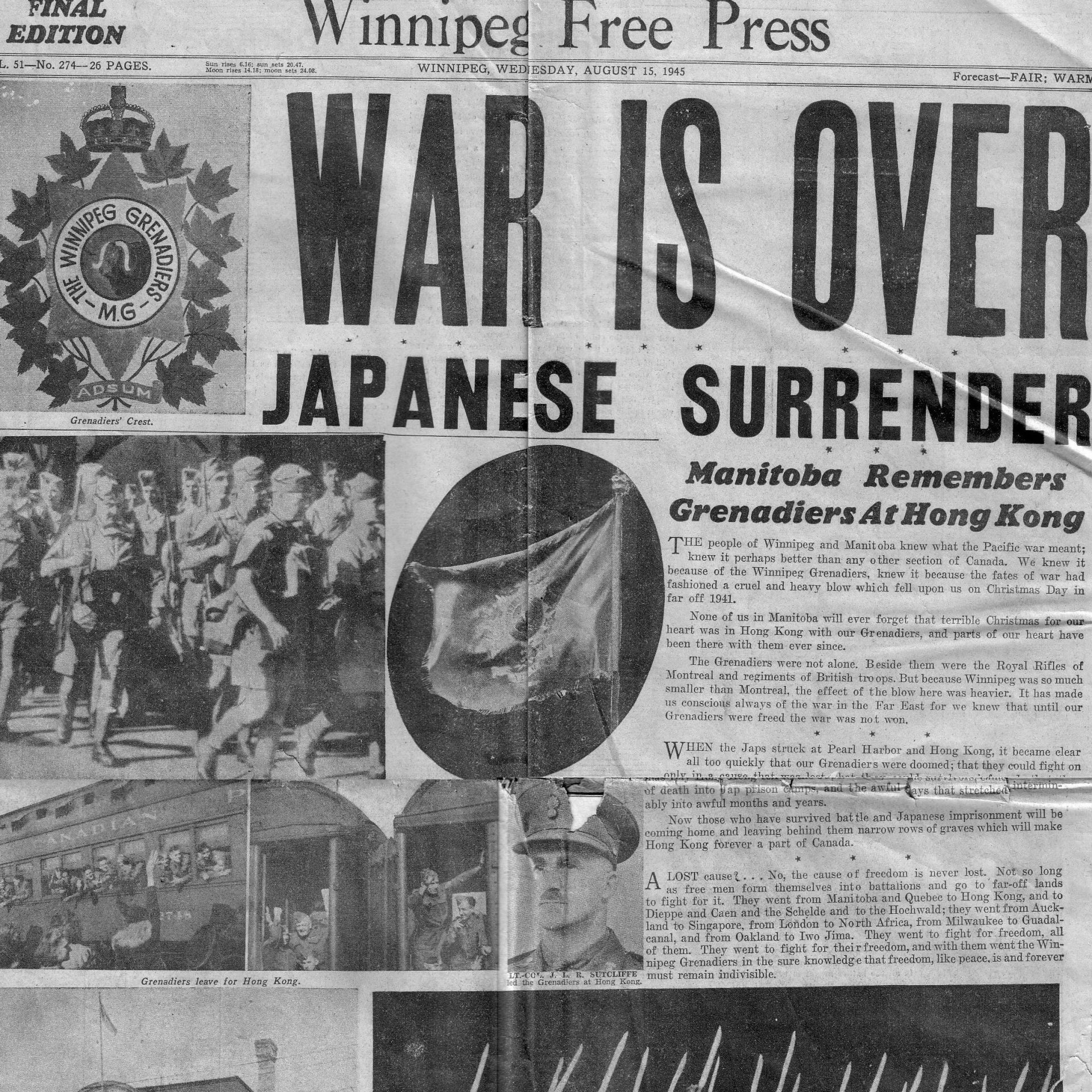44 MONTHS IN HELL
The captured Canadians were imprisoned for 44 months. In Hong Kong, they were detained first at North Point Camp before being transferred to Sham Shui Po Camp throughout 1942. That same year, the Government of Japan organized many prisoner transfers to its archipelago. There, they forced many Canadians to work at construction sites to support the Japanese war effort.
FOOD, DISEASE AND THE RED CROSS
Whether in Hong Kong or Japan, all camps had deplorable conditions. They were overcrowded and lacked clothing, bedding and services. The Canadians were severely undernourished and ate less than half the food they needed on average. The poor-quality food included revolting, worm-filled rice with the occasional boiled vegetable and a small ration of meat or fish.
In both Japan and Hong Kong, prisoners lived in harsh conditions, with parasites, flies, rats and snakes that exposed them to diseases. Malnourishment also took its toll, as many men fell ill.
Left: Corporal William Tuppert during his garrison duty at Botwood, Newfoundland with the Royal Rifles of Canada. This photo was taken sometime in 1940, prior to his departure for Hong Kong.
Right: Corporal William Tuppert during his imprisonment in the Japanese camps. After being imprisoned at North Point, Tuppert was transferred to the Sham Shui Po camp in Kong Kong and then to the Yoshima labour camp in Japan.
Left and right: Severely malnourished and sick prisoners in camps run by the Japanese army.
It was hard to send supplies to the camps; however, the Red Cross did manage to get some parcels through with food, clean clothes, and hygiene products. These shipments were very uneven and did not get to all prisoners, as some received nothing during the war.
ABUSE
Four contingents of Canadians were transferred to Japan, with the first transfer on January 19, 1943. The journeys were appalling, as prisoners were packed into the holds like sardines. Many men came down with malaria, diarrhea and dysentery during these transfers. They had no way to wash themselves during these trips, which lasted many days.
When they arrived in Japan, they were sent to different camps to do heavy work in mines, factories, or on docks. In Hong Kong, many Canadians were forced to reconstruct the Kai Tak Airport. The work at all camps was dangerous: the men were very weak due to malnutrition and had very little in the way of equipment or tools to do their tasks. Many serious accidents occurred.
The guards frequently hit the prisoners with their weapons or slapped them. Many Canadians also testified that they were humiliated and tortured at the camps. In the most extreme cases, the guards executed prisoners after serious transgressions. The soldiers often turned to sabotage as a way to resist. For example, on January 20, 1944, Staff Sgt. Charles Clark and Cpl. Kenneth Cameron started a fire that paralyzed the entire shipyard at Camp Tokyo 3D. Their act reduced warship production by 60%.
